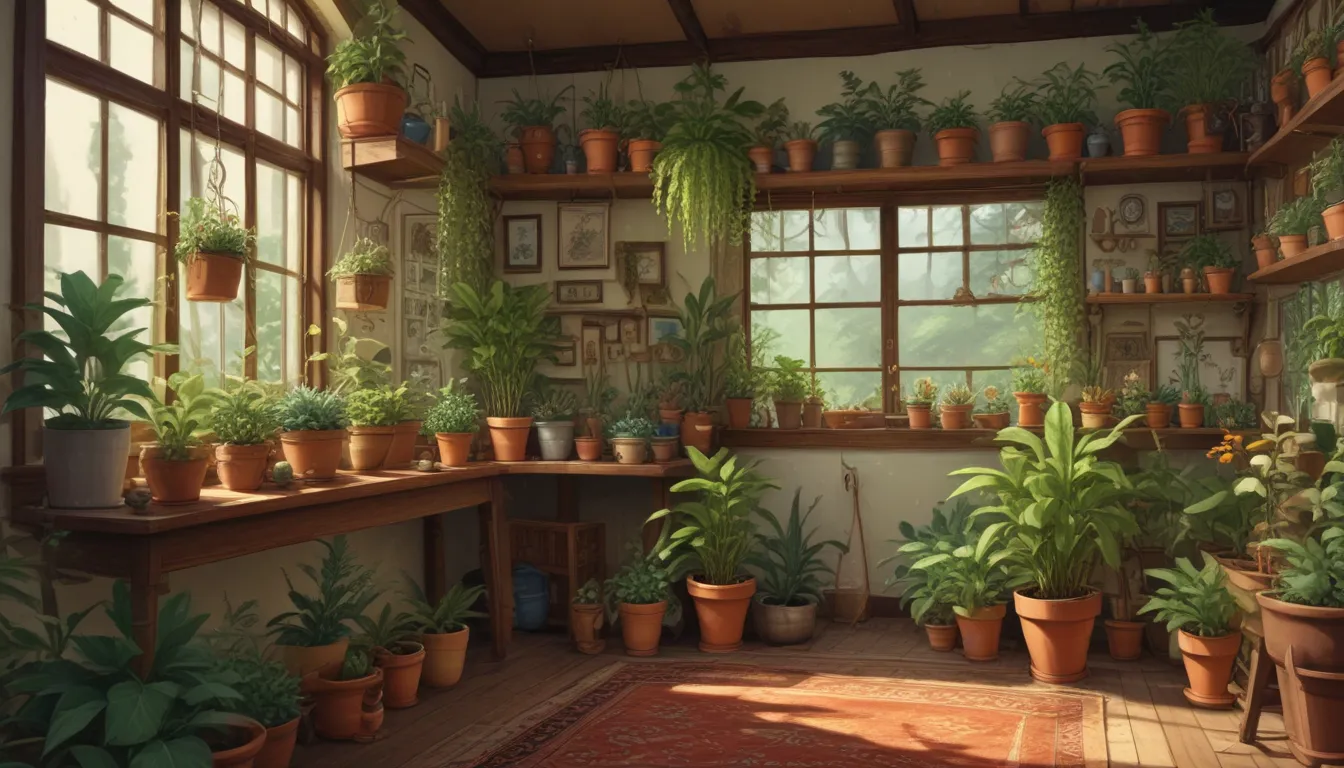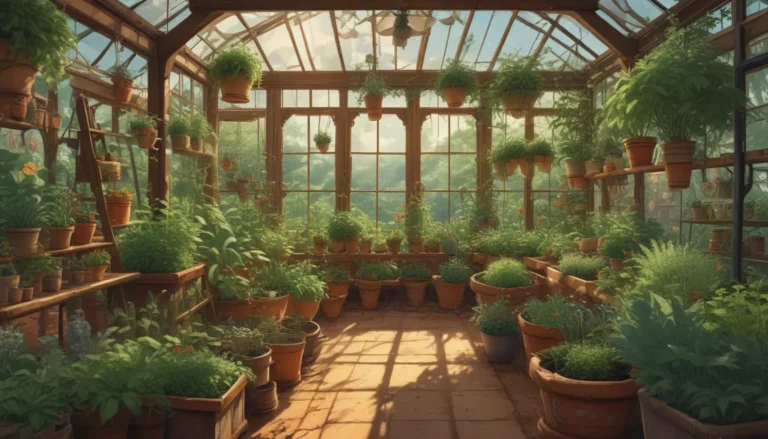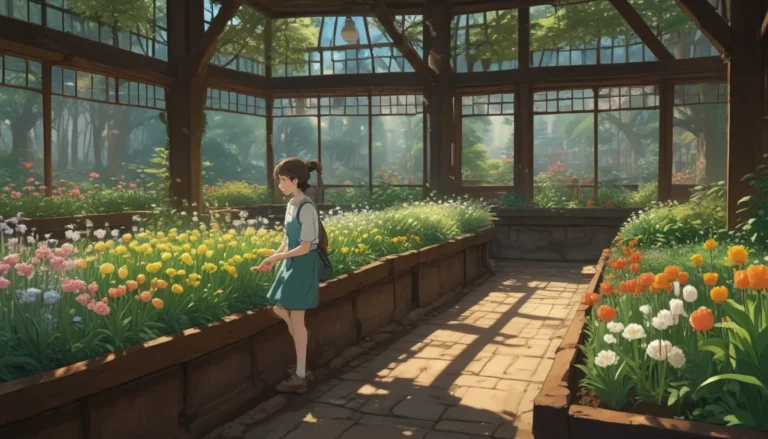Ultimate Guide to Houseplant Care: Growing and Thriving Indoors

Houseplants are a fantastic way to bring life and greenery into our homes and workplaces. As I sit here writing, surrounded by my beloved houseplants, I can’t help but appreciate the way they brighten up the space and bring a sense of calm and tranquility.
In this comprehensive guide, we will delve into the basics of caring for houseplants, covering everything from selecting the right potting mix to understanding the water, light, and food requirements of your leafy companions. By the end of this article, you’ll be well-equipped to care for a variety of houseplants and watch them thrive in your indoor spaces.
The Essentials of Plant Care
Before we get into the specifics, let’s establish some fundamental principles of plant care:
-
Moderation is Key: Just like in life, balance is crucial when it comes to caring for plants. Avoid overwatering or over-fertilizing your plants, and provide them with the right amount of light.
-
Mimic Their Natural Habitat: Most houseplants originate from tropical regions, so aim to recreate those conditions as closely as possible in your home.
Starting with the Right Soil
Choosing the correct potting mix is essential for the health of your houseplants. Opt for a soil-less mix composed of equal parts peat moss, vermiculite/perlite, and compost. Brands like Espoma offer excellent all-purpose potting mixes that work well for a variety of houseplants.
- Recommended Product: Espoma AP8 8-Quart Organic Potting Mix
For plants like orchids, which require a well-drained medium, consider using a specialized orchid mix like the one offered by Sun Bulb.
- Recommended Product: Sun Bulb 50000 Better Gro Special Orchid Mix, 4-Quart
Mastering Watering Techniques
One of the most common pitfalls in plant care is improper watering. Remember, most plants prefer to dry out slightly between waterings. Here are some tips for watering your houseplants:
-
Check Weight: Lift the plant container to assess its weight. Lighter containers indicate the need for watering.
-
Watering Schedule: Water your plants once or twice a week, ensuring that excess water drains out of the container.
-
Winter Watering: Reduce watering frequency to a few times a month during the winter.
-
Using a Tray: Place a tray under the pot to catch excess water and prevent spills.
-
Misting: Consider misting your plants once or twice a day to maintain humidity levels.
Shedding Light on Light Requirements
Light is essential for plants to carry out photosynthesis effectively. Different plants have varying light requirements, ranging from high light to low light conditions. Here’s a breakdown:
- High Light: Plants requiring six or more hours of direct sunlight per day.
- Medium Light: Plants needing four to six hours of light daily.
- Low Light: Plants thriving with less than three hours of light daily.
Ensure your plants receive the right amount of light based on their specific needs to promote healthy growth.
Feeding Your Plants
In addition to sunlight, plants need nutrients to thrive. Fertilizers provide essential nutrients required for growth. Consider using a water-soluble fertilizer like the Jack’s Classic All-Purpose Fertilizer or a granular fertilizer like Osmocote Plus Outdoor and Indoor Plant Food.
- Recommended Product: Jack’s Classic 20-20-20 All Purpose Fertilizer, 8-Ounce
- Recommended Product: Osmocote Plus Outdoor and Indoor Smart-Release Plant Food, 2-Pound
Remember to fertilize your plants only during the growing season and follow the instructions provided by the manufacturer.
Creating the Ideal Environment
Apart from water, light, and nutrients, maintaining the right temperature, airflow, and plant positioning is crucial for the overall health of your houseplants:
- Temperature: Keep your plants in a warm environment above 55ºF and away from cold drafts.
- Airflow: Ensure good air circulation to prevent issues like mold and mildew.
- Leaf Care: Regularly wipe down the leaves of your plants to remove dust and debris.
Rotate your plants periodically to promote even growth and exposure to light.
Building Your Plant Collection
Now that you have a solid foundation in plant care, let’s explore a selection of durable and easy-to-grow houseplants that can thrive in various indoor environments:
1. Snake Plant (Sansevieria trifasciata)
- Light: Requires direct light but can survive in fluorescent conditions.
- Water: Tolerates drying out between waterings, ideal for low-watering schedules.
- Fertilizer: Apply a 20-20-20 fertilizer in spring for best results.
2. Dumb Cane (Dieffenbachia)
- Light: Thrives in filtered light, avoid direct sunlight.
- Water: Keep soil moist but not waterlogged, water once or twice a week.
- Fertilizer: Use a water-soluble fertilizer as directed.
3. Peace Lily (Spathyphillum)
- Light: Prefers medium light settings.
- Water: Allow soil to dry out before watering, avoid overwatering.
- Fertilizer: Apply granular fertilizer twice a year for optimal growth.
4. Pothos (Epipremnum)
- Light: Adaptable to various lighting conditions.
- Water: Allow drying out between waterings, water sparingly.
- Fertilizer: Use a water-soluble fertilizer once a month.
5. Spider Plant (Chlorophytum comosum)
- Light: Thrives in bright light conditions.
- Water: Water when soil is dry, avoid excessive moisture.
- Fertilizer: Apply fertilizer four times a year, avoid winter fertilization.
6. Ponytail Palm (Beaucarnea recurvata)
- Light: Requires bright light, avoid shady areas.
- Water: Water sparingly, only once every three to four weeks.
- Fertilizer: Use a fraction of the recommended fertilizer amount.
7. Rubber Plant (Ficus elastica)
- Light: Indirect light is best, avoid direct sunlight.
- Water: Keep soil moist but not waterlogged, mist leaves occasionally.
- Fertilizer: Apply water-soluble fertilizer once a month in the growing season.
8. Aloe (Aloe vera)
- Light: Requires direct sunlight.
- Water: Water sparingly, allow soil to dry completely between waterings.
- Fertilizer: Dilute general-purpose fertilizer and apply every month during the growing season.
9. Moth Orchid (Phalaenopsis)
- Light: Prefers indirect light conditions.
- Water: Water sparingly, once a week is sufficient.
- Fertilizer: Apply water-soluble fertilizer once a month during the growing season.
Transform Your Space with Lush Greenery
Armed with this guide, you’re ready to embark on your indoor gardening journey. Whether you have a sunny window or a cozy corner, there’s a houseplant to suit every space. Remember to consider the toxicity of plants if you have pets or children at home and explore non-toxic options for a safe environment.
Share your houseplant experiences and favorites with us in the comments below. Let’s grow together and celebrate the beauty of greenery in our homes.





